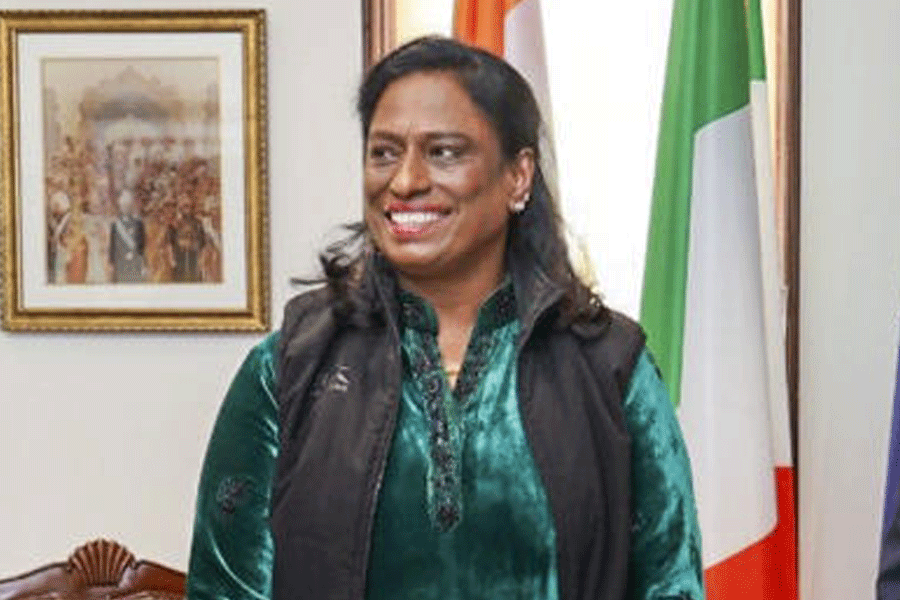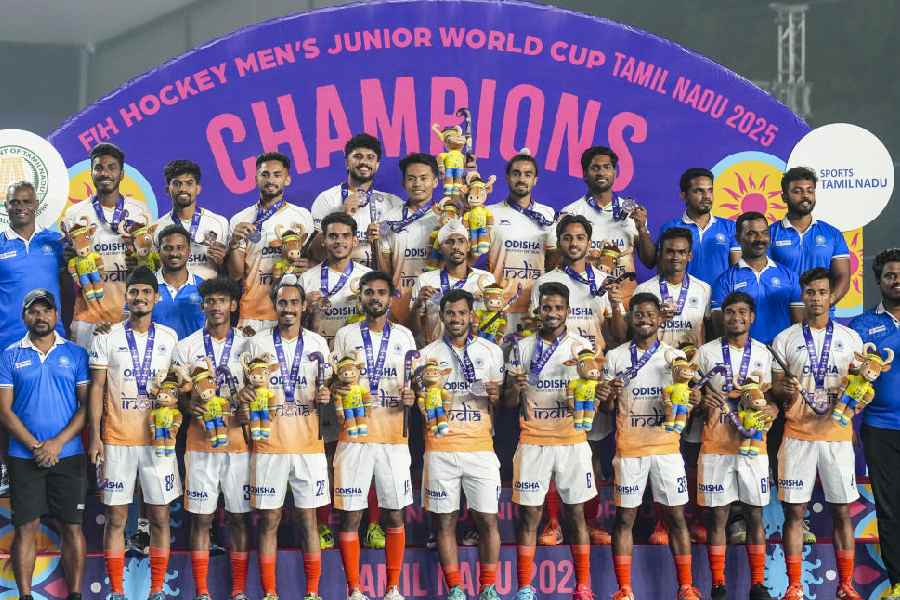 |
Calcutta, June 21: At 30, the Left Front government needs to polish its once-envied slogan-coining skills to get across the message of industrialisation.
That is the lesson thrown up by the CNN-IBN/The Telegraph opinion poll, conducted by AC Nielsen in Calcutta, as the front completed three decades in power today. The poll was carried out on June 14 and 15 among 802 respondents from 80 wards in the city.
A majority of the young — those who have a bigger stake in what lies ahead — want industrialisation.
The number of industrialisation sceptics — across all groups as well as among the young — is not insignificant. But, in the same breath, all agree that the front’s biggest failure has been in generating jobs.
The lack of industries, again, is rated the least of the government’s failures. This suggests the government has failed to persuade people that without more industry, there can’t be more jobs.
More worrying for the government, a huge majority (72 per cent) cutting across all groups believe that Nandigram and Singur were mishandled — a perception that could have played a role in giving industrialisation a bad name.
If the publicity battle is lost — the CPM apparatus used to excel in such skirmishes in times of adversity earlier — the war could still be won because Buddhadeb Bhattacharjee seems to enjoy the confidence of the majority of the youths.
The young rate the chief minister higher than his predecessor Jyoti Basu while it’s the opposite among the older generations.
Yet the chief minister can hardly take the youth’s support for granted, for the margin is too narrow for comfort. It’s 57-43 for him personally and 55-45 for his industry policy.
The chief minister reached out to the constituency today, saying the young generation would not “forgive” the Opposition if it derailed the industrialisation initiative.
“There is no room for budging an inch on industrialisation for opening up job opportunities,” Bhattacharjee told a rally to mark 30 years of Left rule in the state.
“My government’s aim is to take West Bengal to the number one position in every sphere -- agriculture, industry and scientific development,” he said.
Overall, the front does not seem to have done too badly for a 30-year-old. Calcuttans are by and large satisfied with Left Front rule.
The front is lauded for stability, land reforms and panchayat governance, and the city even seems to have bought Bhattacharjee’s line that the state is an “oasis of peace”.
But the age of romance is over and the wrinkles are beginning to get noticed. The approval — highest among the poor and young — comes with the overwhelming feeling that the rest of India has left the state behind. The middle and lower-middle classes seem to link this to the Bengali’s growing mediocrity while for the affluent, government policies are equally to blame.
There’s solace for Mamata Banerjee: the city can’t find an alternative to her as the main Opposition. The women are the Trinamul Congress chief’s biggest supporters, a majority of them agreeing with her that Bengal polls are often rigged.
This may seem strange since Mamata herself had spoken in glorious terms of the Election Commission’s supervision in the last Assembly polls that had appeared to have settled once and for all that the Left wins on popular support and not by rigging.
The well-off and the more educated, too, go along with Mamata’s charge but the lower income groups have tilted the scales towards the Left.
Whether there’s life beyond 30, the battle over industrialisation will decide.











